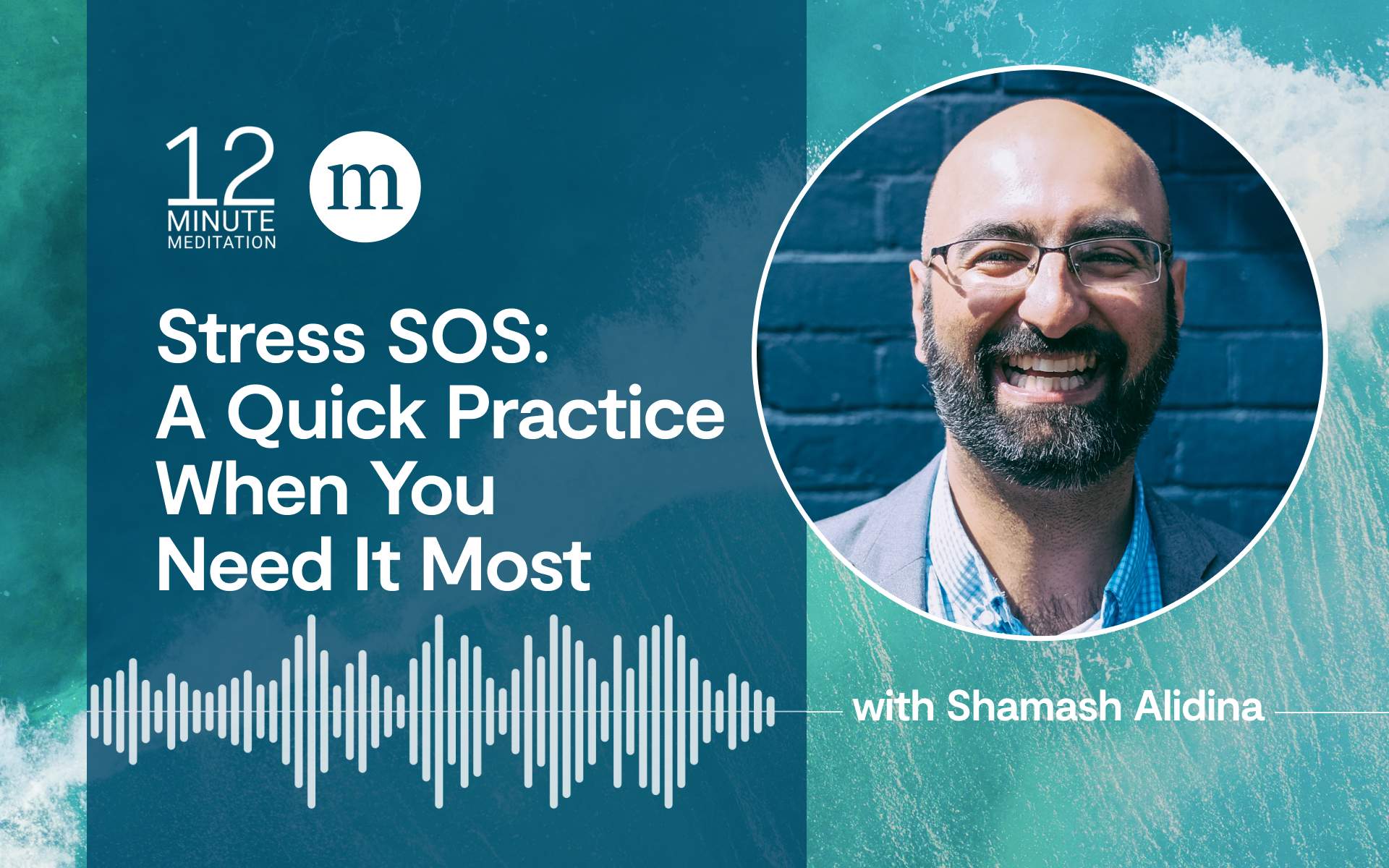Sitting still in quiet and safety, well fed and sheltered, the mind is still quite capable of making an intense mess of the moment. We’re typically taken care of and in no danger while meditating, and yet can’t be peaceful or relaxed on command. The future looms, the past haunts, or the present may seem a complete muddle. If your mind adds that much stress to your life while sitting quietly, what does it do when life is actually confusing, hurtful, or unclear?
Many of these confounding habits undermine the mindfulness practice we’re trying to establish to work with them in the first place. If you’re a new meditator, someone has hopefully explained that nothing is going to happen right away, and that you can’t force yourself to have a quiet mind or feel relaxed. But even so, you imagine yourself sitting perfectly still, blissfully at peace and that you’re going to do this for 30 minutes every day, without fail.
If you’re an experienced meditator, you might add a whole other layer: I’ve been doing this for decades. I’m still getting annoyed at people and I’m not that happy with my life lately even though I should know better, and I didn’t sit much the last few weeks like I should. I’m clearly not very good at it.
A perfectionistic voice telling you what your mindfulness practice “should” be instead of valuing what it is may undermine your determination to continue. Sitting in meditation creates an opportunity to notice it all and to choose a new path. Try practicing with the following things in mind:
1. Don’t Buy In
What would it mean to observe any of your patterns or inner commentary without buying into it for a few minutes? I’m restless, and I’m just going to be OK with being restless right now. We set out with the intention to sit, we get distracted from that plan, and we come back to our present awareness. That’s just how it goes.
What would it mean to observe any of your patterns or inner commentary without buying into it for a few minutes?
2. Nothing’s Perfect
There is no perfect mindfulness experience, always serene and on target, any more than there is a perfect life. Angst around boredom, rumination or, of course, perfectionism during meditation often reflects how our minds function day to day.
3. Keep Coming Back
Within your practice and in everyday life, notice the obstacle when it crops up—there’s perfectionism again, something isn’t as it “should” be. And then return to the next breath, moving forward, adapting, and coming back to your best intentions once again.








